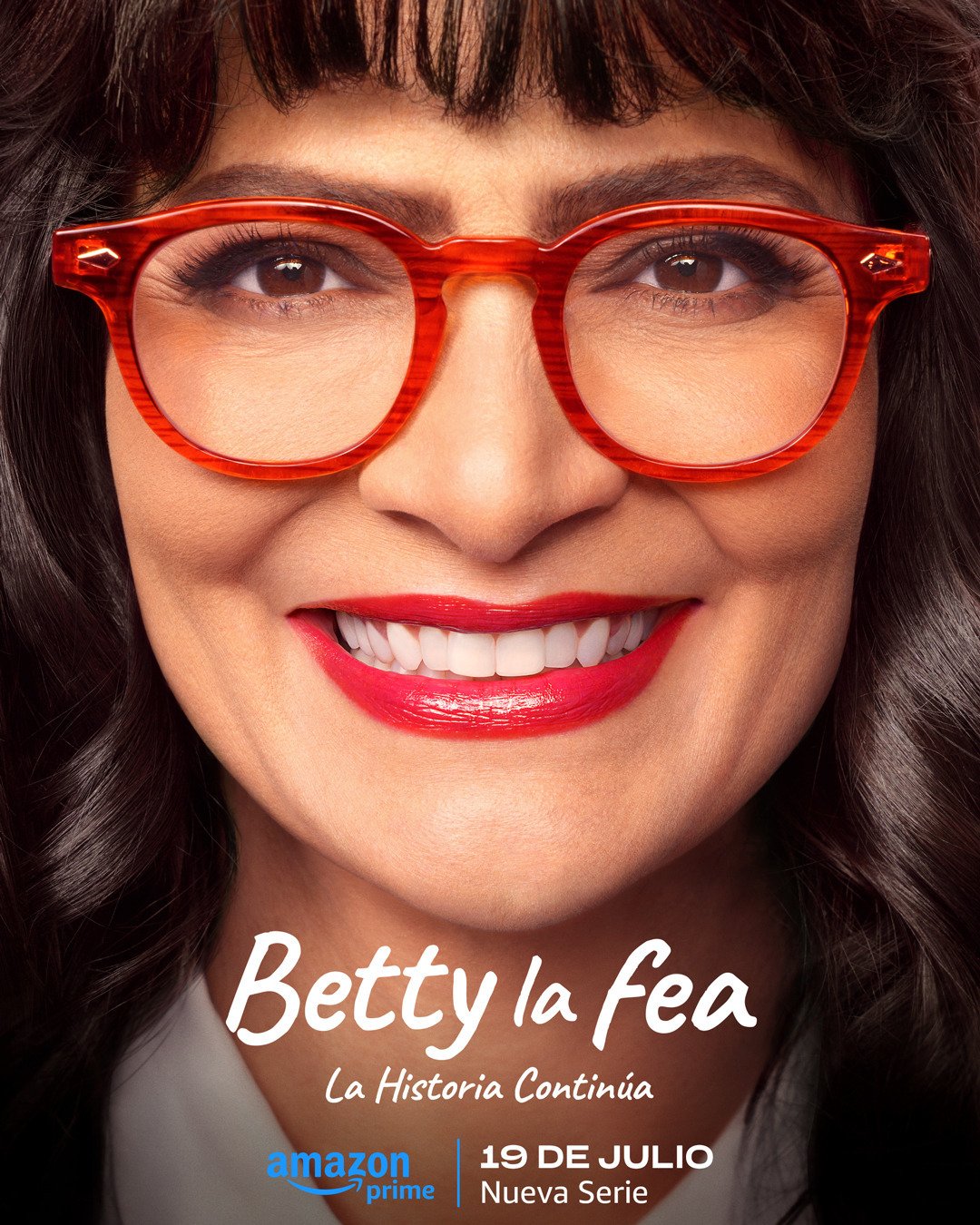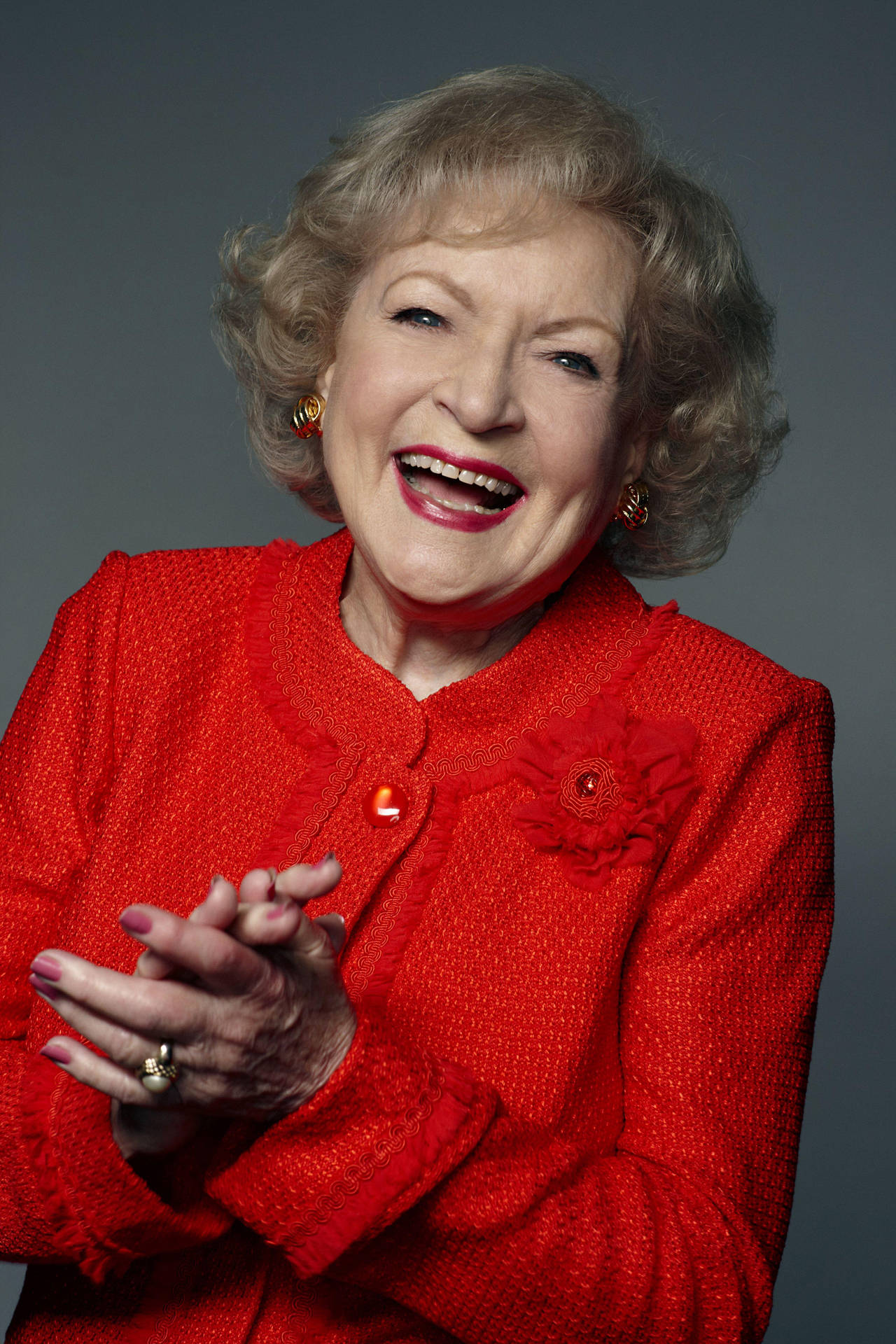Betty Boop Boop Boop: Discovering The Charm Of A Pioneering Cartoon Star
That little sound, "boop boop boop," is that not just the most charming thing? It’s a sound that, you know, instantly brings to mind a certain iconic character. This sound, really, is a signature for a cartoon legend who stepped onto screens many years ago. She has, you might say, captured hearts with her unique style and personality.
For many people, hearing "betty boop boop boop" brings back memories of classic animation. It also introduces new fans to a character who truly made her mark. She was, in a way, a trailblazer for female characters in cartoons, bringing a lively spirit to every scene.
This article will take a closer look at the character behind that famous phrase. We will explore her beginnings, her creators, and the real-life inspirations that shaped her. We will also, you know, understand why she remains so beloved, even today.
Table of Contents
- The Sound of "Boop Boop Boop": Where It All Began
- Betty Boop: A Character Profile
- The Minds Behind the Magic: Max Fleischer and His Team
- From Flapper to Icon: Betty's Creative Roots
- The Cotton Club Connection: Real-Life Inspiration
- Betty's Star Turn: On Screen and In Our Hearts
- Why Betty Boop Boop Boop Still Charms Us Today
- Frequently Asked Questions About Betty Boop
- A Lasting Legacy
The Sound of "Boop Boop Boop": Where It All Began
The phrase "betty boop boop boop" is, you know, more than just a sound. It is a defining part of Betty Boop’s identity. This little vocal flourish, actually, became her signature catchphrase. It is something people immediately associate with her.
This iconic sound, in fact, first appeared in a song. It was during a performance of "I Have to Have You" that Betty, you know, sang these words. This particular song was a moment when her unique voice and personality truly shone through. It was, arguably, a moment that helped solidify her image.
The phrase, too it's almost, embodies her playful spirit. It also shows her charming way of expressing herself. It is a simple sound, but it carries a lot of meaning for fans. It represents, in some respects, the very essence of her character.
- Securely Connect Remoteiot Vpc Raspberry Pi Aws Server
- Mikafans Leaks
- Chris Jones 40 Yard Dash
- Jasmine Crockett Husband
- What Does Nvm Mean
Betty Boop: A Character Profile
Betty Boop is, you know, a very special animated cartoon character. She holds a place in animation history. It is important, as a matter of fact, not to confuse her with the singer Betty Boo or the band Betty Boop. This Betty is all about the cartoons.
She emerged during a time when animation was still quite new. Her look and sound were, really, quite groundbreaking for the period. She captured the hearts of audiences with her vivacious energy and, you know, her distinctive style.
Key Details of Betty Boop
| Creator | Max Fleischer, with help from Grim Natwick |
| First Appearance | Talkartoon series, then her own Betty Boop film series |
| Era | Golden Age of American Animation (primarily 1930s) |
| Inspirations | Flapper culture, Esther "Baby" Jones |
| Key Traits | Charm, unique voice, playful personality, pioneering female character |
This character, you know, quickly became a sensation. She was, in a way, different from other cartoon figures of her time. Her appeal was, actually, quite broad, reaching many different kinds of people.
The Minds Behind the Magic: Max Fleischer and His Team
The creation of Betty Boop is, you know, a story of imagination and talent. Max Fleischer is the one who created her. He had, as a matter of fact, a vision for a character that would truly stand out.
He did not, however, work alone. Animators, including Grim Natwick, played a very important part. They helped bring Betty to life on the screen. Their combined efforts, really, gave her that special look and movement.
Betty first appeared in the Talkartoon series. Then, she got her very own Betty Boop film series. These were all produced by Fleischer. The films, you know, showcased her charm and her unique voice. They also marked a moment for animation itself.
Directors like Dave Fleischer and Myron Waldman, too it's almost, contributed to her films. They helped shape her on-screen presence. Voice talents such as Ann Little, Billy Murray, and William Pennell, as a matter of fact, gave her world its sound. Max Fleischer himself, and Bonnie Poe, also played roles in bringing her stories to life. There was, you know, a reporter who even interviewed Max Fleischer about his creation, showing how much interest she generated.
From Flapper to Icon: Betty's Creative Roots
Betty Boop, you know, was based on the flapper style of the late 1920s. This was a popular look for young women at the time. Flappers were known for their lively spirit and their, you know, fashionable ways.
Her design, really, captured that era’s energy. She had a certain kind of charm that resonated with audiences. This character, in fact, was a pioneering female figure in cartoons. She was, actually, one of the first of her kind to be so prominent.
Her voice, too it's almost, was a big part of her appeal. It was distinctive and added to her playful nature. This combination of looks and sound made her, you know, truly unforgettable. She became, in some respects, a symbol of a changing time.
The Cotton Club Connection: Real-Life Inspiration
A very interesting part of Betty Boop's story is her real-life inspiration. During the late 1920s, an African American singer named Esther "Baby" Jones was a regular performer. She performed, you know, at the Cotton Club in Harlem.
Esther "Baby" Jones was known for her unique style. She used, as a matter of fact, certain vocalizations and mannerisms. These elements, you know, found their way into Betty Boop’s character. This connection shows the rich cultural influences behind her creation.
The animators, it seems, drew from the vibrant entertainment scene of the time. This gave Betty a depth and a realism that audiences, you know, really connected with. It helped make her feel, in a way, more alive.
Betty's Star Turn: On Screen and In Our Hearts
Betty Boop’s rise to fame was, you know, quite remarkable. She was elevated to stardom because people wanted more of her. Public demand, actually, played a big part in her success.
She was featured in many theatrical cartoons. Between 1930 and 1939, she appeared in 126 of them. Eighty-nine of these were in her own series, and 37 were in other shorts. That is, you know, a lot of screen time for a cartoon character.
Her films showed her in many different roles. For example, she was a lion tamer in a circus. She would, you know, sing the title tune on the stage. She also performed as a tightrope walker, showing her versatility.
One film begins with an image of Betty Boop on a flag. This flag, you know, flies over a circus big top. It is a strong image that sets the scene for her adventures. In another short, the ringmaster starts drooling over Betty during her performance. He follows her, you know, to her dressing room. These animated short films, as a matter of fact, truly feature her signature catchphrase and her enduring charm.
It was, too it's almost, when Bimbo brought a meal to a customer that he encountered Betty. She was singing "I Have to Have You" on stage. It is in this song that Betty sings what would become her iconic phrase. This song, you know, really cemented her unique vocal style.
There was, as a matter of fact, a theme used for a few Betty Boop shorts. This theme helped unify her appearances. You can Learn more about Betty Boop on our site to discover more about her filmography.
Why Betty Boop Boop Boop Still Charms Us Today
Even now, in 2024, Betty Boop holds a special place. She is, you know, a pioneering female cartoon character from the golden age of animation. Her appeal, actually, seems to last through the years.
Her charm is, in a way, timeless. She represents a spirit of independence and fun. Her unique voice and her playful "betty boop boop boop" continue to resonate. She is, as a matter of fact, more than just a cartoon character; she is a cultural icon.
She reminds us of a different time in entertainment. She also shows how animation, you know, can create lasting figures. Her influence can still be seen in character design and storytelling today. She is, you know, truly a testament to creative vision. You can find more details about her continuing impact by visiting our main page.
Frequently Asked Questions About Betty Boop
Who created Betty Boop?
Betty Boop was created by Max Fleischer. He had, as a matter of fact, help from talented animators like Grim Natwick. They worked together to bring her unique look and personality to life on the screen.
What was Betty Boop's signature catchphrase?
Betty Boop's signature catchphrase is, you know, her distinctive "betty boop boop boop." This little sound, actually, became a defining part of her character. It is instantly recognizable to fans everywhere.
Who was Betty Boop inspired by in real life?
Betty Boop was, in some respects, inspired by real-life performers. A key influence was Esther "Baby" Jones. She was, as a matter of fact, an African American singer who performed at the Cotton Club in Harlem during the late 1920s. Her style and vocalizations, you know, played a part in shaping Betty's character.
A Lasting Legacy
Betty Boop, with her signature "betty boop boop boop," remains a beloved figure. Her journey from a flapper-inspired character to a global icon is, you know, quite remarkable. She represents a time of innovation in animation. She also embodies a spirit of joy and independence.
Her story is, as a matter of fact, one of creative genius and cultural influence. From the minds of Max Fleischer and his team to the stages of the Cotton Club, her origins are rich. She continues to charm audiences of all ages, proving her enduring appeal. What, you know, is your favorite Betty Boop moment? Share your thoughts on this classic character!
For more information on the history of animation and its influential characters, you might find this resource helpful: Animation Magazine.
- Dress To Impress Creator Gigi
- What Does Asl Mean
- All You Can Eat Wings Buffalo Wild Wings
- A Court Of Shaded Truths
- What Is Boba Made Of

Betty La Fea 2024 Cast - Deena Eveleen

Download Betty White Portrait Wallpaper | Wallpapers.com

Prime Video: Atomic Betty